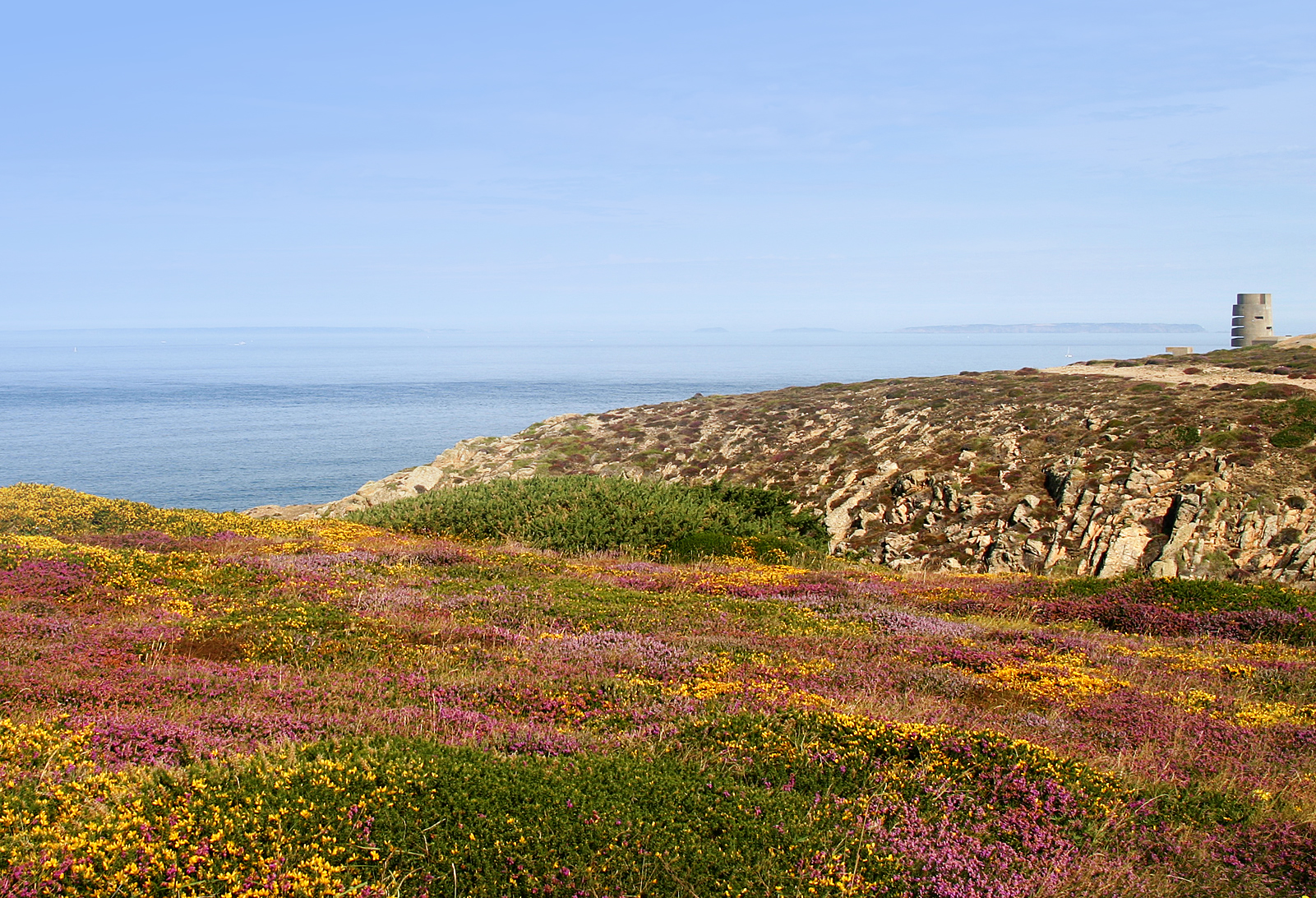SNOW!
A surprising start to the year saw Jersey experience icy temperatures and a covering of snow across the island. Our chough student had the rare opportunity to see Sorel coated in snow with the island not having experienced notable snow fall for nearly ten years. To the team’s dismay, no photos were taken, but the picture below was taken back in 2015. Just as then, the birds had no problem dealing with the blanket of white covering much of the ground and readily foraged for grubs as the snow thawed.
PhD Sam
A PhD student (Sam) from Anglia Ruskin University has come over to Jersey to carry out research on our wild chough population. He will be monitoring the choughs by monitoring them around the Sorel area, conducting bird surveys and placing small passive acoustic devices to collect distinct vocalisations for the species. Sam’s main study aim is to quantify the effects of sound on the chough’s movements during the breeding season. The team have welcomed Sam to the team and believe his work will benefit the project greatly by finding new insights into the flock and providing an extra pair of eyes over the breeding season.
Foraging for sheep
As we are coming into spring (the breeding season for choughs) it is clear that there has been a behavioural shift in the birds. No longer are they just seen foraging in the fields for delicious invertebrates. They are now foraging for sheep, specifically the Manx sheep who are sat in the fields minding their own business. The choughs are taking full advantage of any sheep lying down in the fields surrounding the aviary, pulling wool straight off their backs and sides. This is a great indication that the pairs are lining their nests ready for egg laying. Along with wool collecting, we have seen some of the males displaying to their partners as well as feeding their partners more regularly.
Renewing and replacing
As the aviary has been standing for over twelve years, it is understandable that it will have a few quirks from withstanding the wind and rain. Our biggest job currently is repairing and renewing the aviary framework and netting which will be carried out by Durrell’s maintenance team this spring-summer. Aside from this scheduled work, there is always work to do at the aviary, whether that be cutting the grass or replacing feed stands. This year, our original viewing bench collapsed. This bench is a focal point for monitoring the choughs in the aviary and is also used for catch-ups as it holds a hatch wire for the middle section of the aviary. Some of the original bench posts were salvaged as they were still in fair condition, but the majority was scrapped. The new bench seat pieces were sanded, stained and carried to the aviary to be reassembled. It might look a little wonky, but it will do the job!
New chough movements
From January through to March, we have received quite a few public sightings of chough activity, which is fantastic, keep them coming in! The majority of the sightings received were in March; not surprisingly, as choughs tend to start spreading out a bit more during the countdown to spring. We have received four sightings during March of a pair of choughs hanging around in St Saviour and St Helier parishes! The pair have been spotted above St Saviour Road, at the north edge border of St Helier, near Le Hocq and La Pouquelaye. It could be that a pair has found a new nesting spot a bit further afield than normal this year or it could be a younger pair of choughs finding new spots to forage in. Either way, this is very exciting news. The team will be spending time around these areas to see whether the pair can be identified.
Trinity Pair
At the beginning of March our contact from a stable in Trinity, contacted us about the arrival of a pair of choughs for the third year. This is breeding pair Vicq & Pinel. They shared a lovely video of the pair standing on the support beams inside their stables. The arrival of the pair gives the team a good indication that they are in search of, or at least thinking about nest building. Although this pair built a nest in the stables back in 2022, they only successfully fledged a chick last year from an unknown nest location. This year, the team are trying their best to locate the nesting spot for future monitoring and the potential of ringing chicks before they fledge.
More choughs on the move
We have received plenty of public sightings from St Ouen indicating what a great foraging site it is for the birds. They have been spotted foraging in pairs and groups along many stretches including Les Laveurs, Kempt Tower, Jersey Pearl, Les Landes, Mont Matthieu, Chemin Des Hativeaux and near Les Mielles nature reserve. We have also had reports of a pair of choughs flying around Plemont in recent months; we are hoping this means the Plemont pair, Minty & Rey, are settling to nest again this year.
















































